The dance between pedestrians and robocars
Submitted by brad on Mon, 2018-09-17 13:04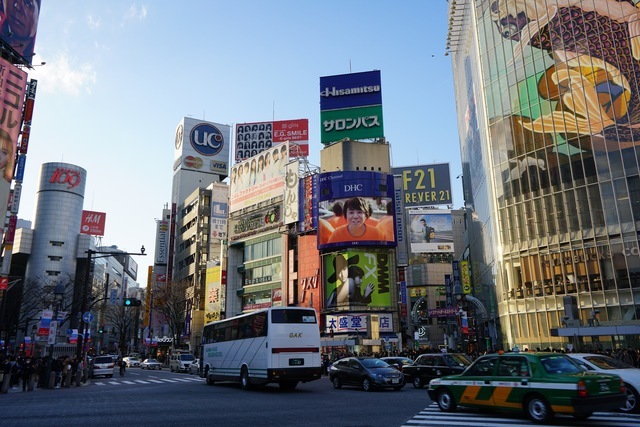
How will robocars and pedestrians interact?
The future of computer-driven cars and deliverbots

How will robocars and pedestrians interact?
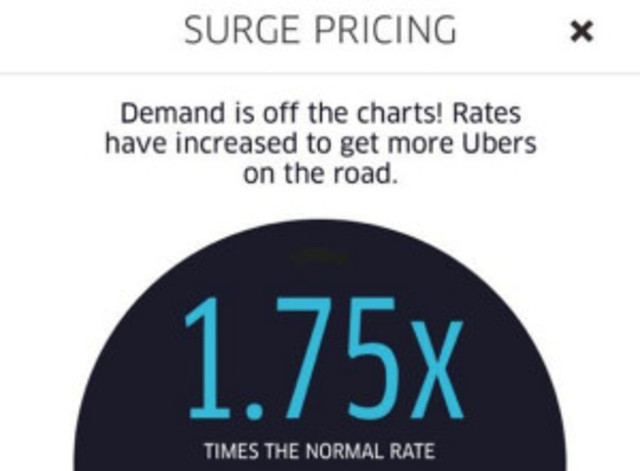
Uber changes prices with demand
My article last week on Sleeper cars generated lots of interest, and Volvo's concept car generated lots of press too. Some of it was quite negative, including a article provocatively calling them the dystopian future we must prevent. I thought I would revisit some of the things about such vehicles that run quite counter to the intuitions of those used to 20th century transportation and transit.
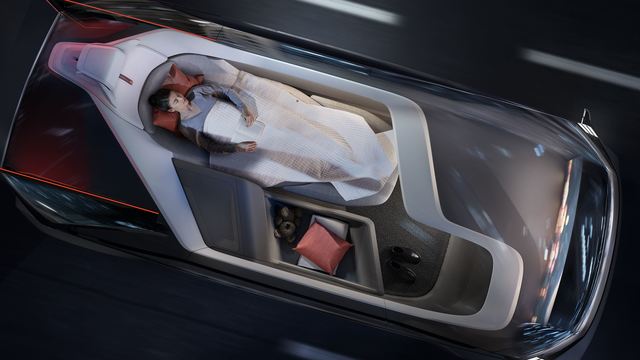
Yesterday, Volvo got some good buzz for a concept car which included a bed for sleeping and asking the question "why fly when you can be driven?". I've written about sleeper cars before, as well as the full robo-RV, but let's put all the issues together.


I rarely just link to another story, but today I will point all to Aurora's post on its development philosophy. I think it contains some important lessons for all in the field.
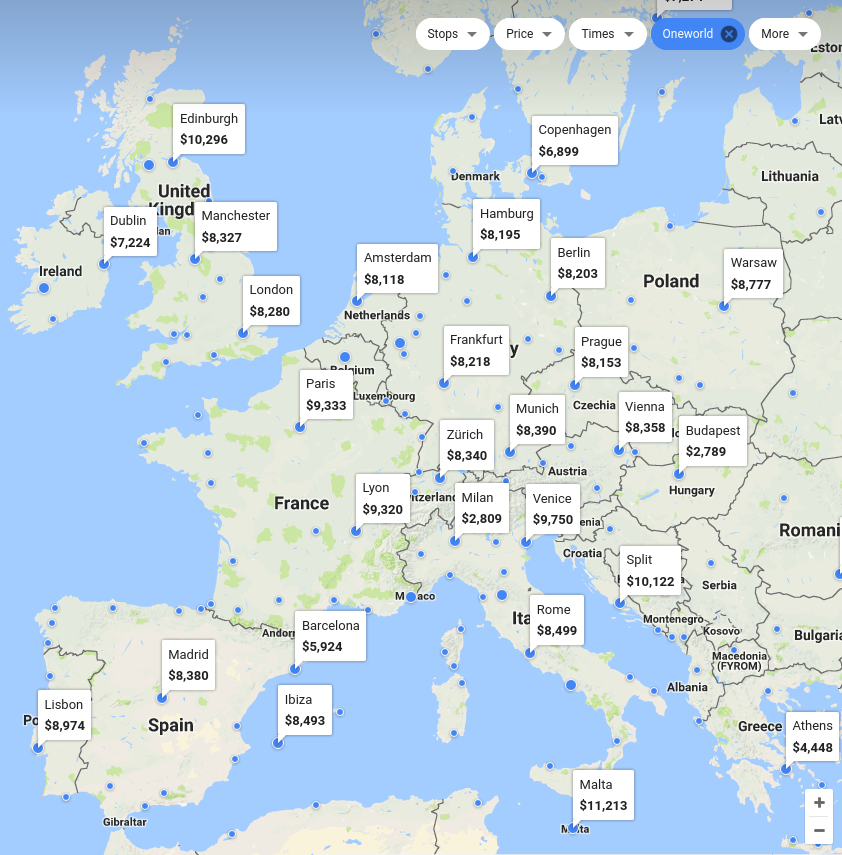 A couple of years ago I released my list of factors by which robotaxi companies might compete. Many people wonder if there will be a natural monopoly, limiting us to one or two companies per city, or if we might get more.
A couple of years ago I released my list of factors by which robotaxi companies might compete. Many people wonder if there will be a natural monopoly, limiting us to one or two companies per city, or if we might get more.
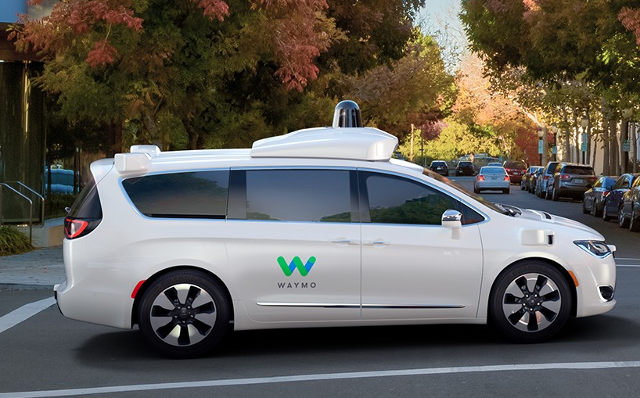
This week's hot story was again from Amir at The Information and there is even more detail in the author's Twitter thread.
The short summary: Amir was able to find a fair number of Waymo's neighbours in Chandler, Arizona who are getting frustrated by the over-cautious drive patterns of the Waymo vans. Several used the words, "I hate them."
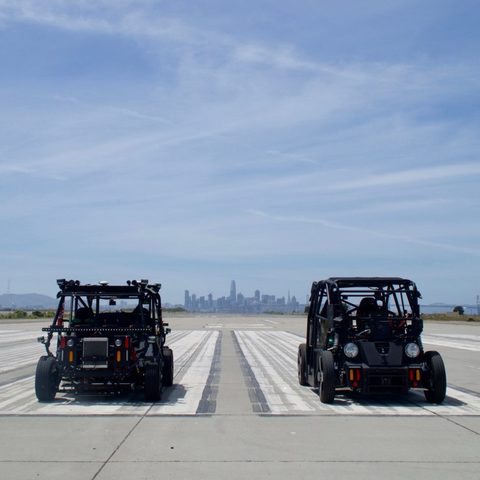
A few weeks ago, I published an analysis of the Zoox strategy to produce a custom car. Last week, Zoox decided to fire its founder and CEO, Tim Kentley-Klay, with no warning. Very little has been said, other than:
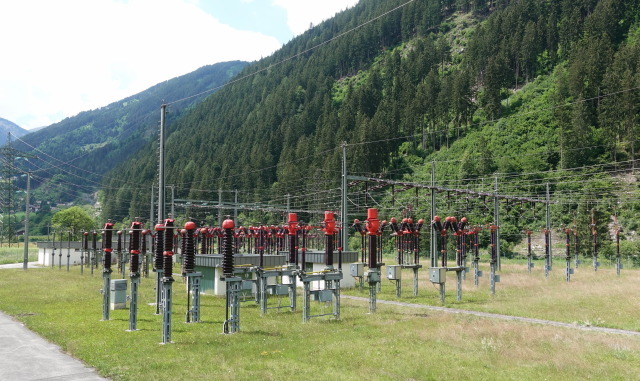
This is where your car charges, not at your house
Many of us believe that there's a natural fit between electric drive trains and robocars. It's not required -- you can certainly make robocars driven by gasoline, natural gas, hydrogen or anything else.
Electric has several advantages:
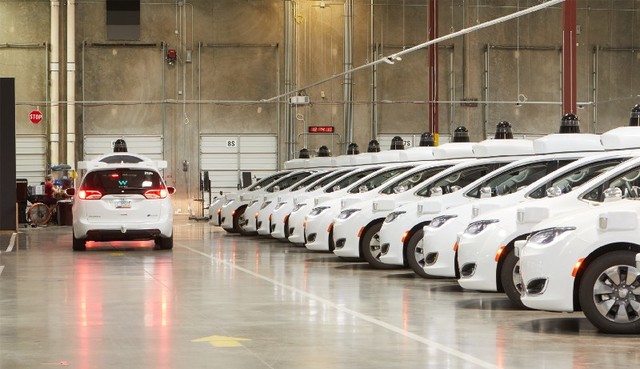
There have been recently a few news announcements and in depth coverage of Waymo.
The newsletter The Information reports Uber's investors are pushing Uber to sell its self-drive division to some other large player. The division has, of course, been nothing but trouble for Uber, and as I have noted several times, Uber is one of the few large players in this space that doesn't have to build their own tech. They have the #1 brand in selling rides, and selling rides is what the robotaxi business is all about.

There are a lot of parking apps out there. There are apps that:
 I and many others feel the best way to set urban and transportation policy is to properly price in the "externalities" into our travel, and to remove all other penalties and subsidies. If you can do this, then everybody is incentivized to improve the public good. In particular, entrepreneurs and companies are motivated this way, and it's their job to think of the new things nobody else thought of.
I and many others feel the best way to set urban and transportation policy is to properly price in the "externalities" into our travel, and to remove all other penalties and subsidies. If you can do this, then everybody is incentivized to improve the public good. In particular, entrepreneurs and companies are motivated this way, and it's their job to think of the new things nobody else thought of.
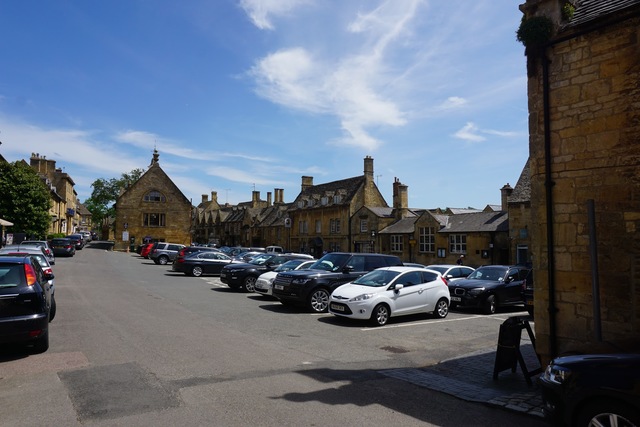
I've written a lot about parking, most notably my
Waymo recently announced two new partnerships for their fleet of robotaxis.
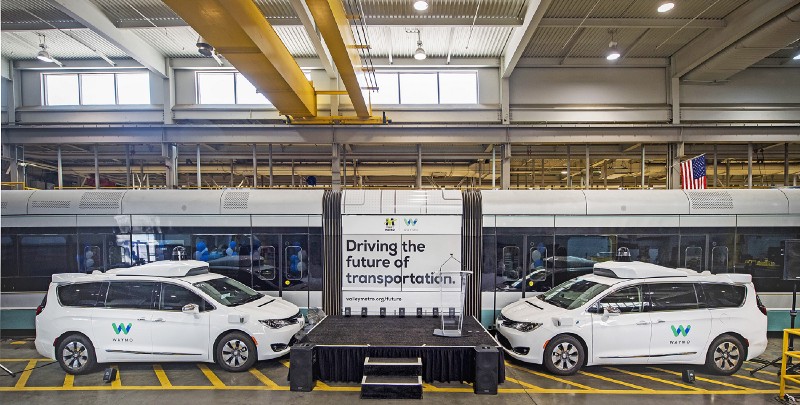
The first was with Walmart. Walmart has installed special parking spots in their lots, and will offer people free rides to Walmart to pick up online orders. Only some of the 400 Waymo "Early Riders" will participate, at first.
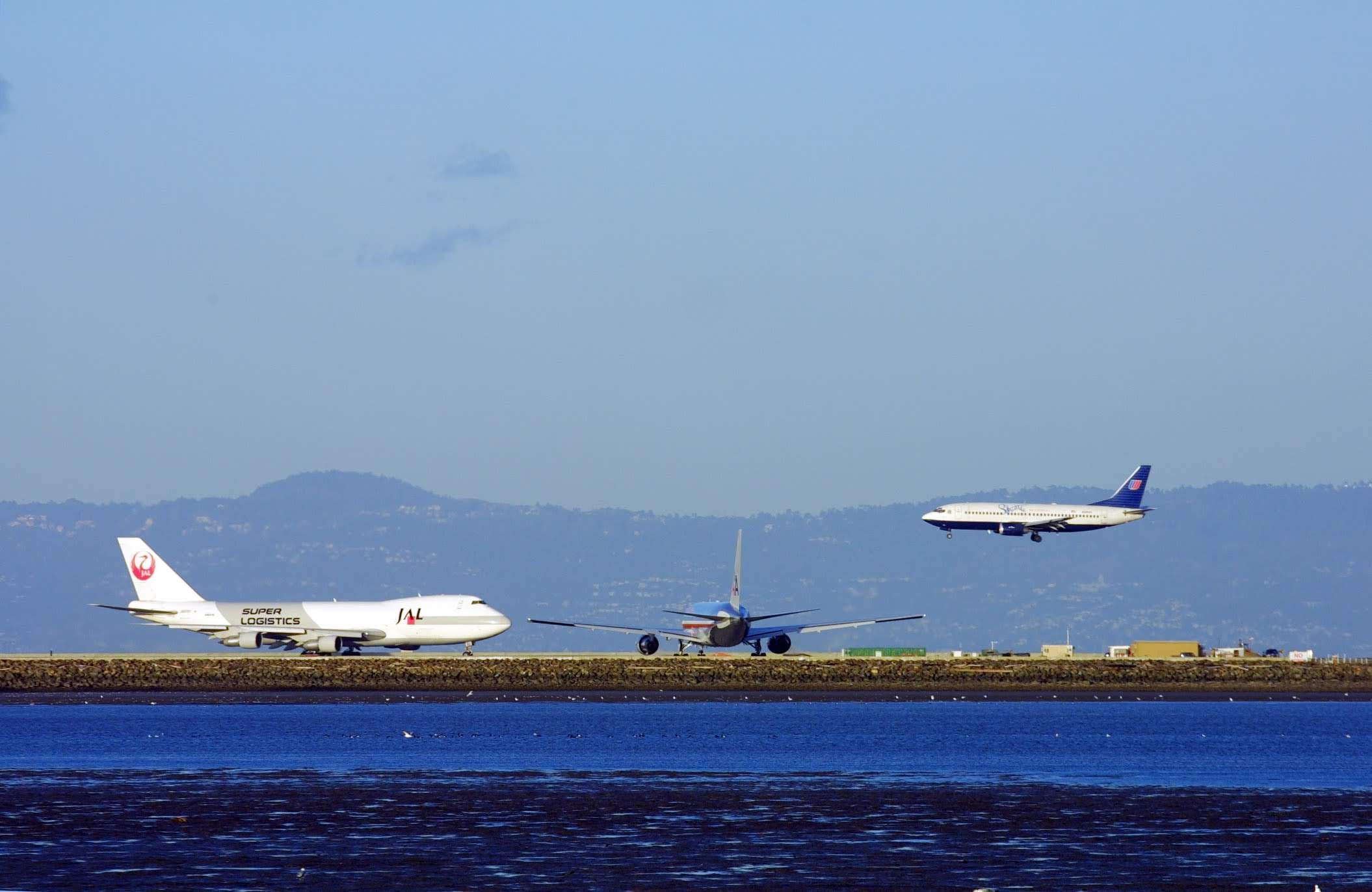 Recently the TSA indicated it is once again considering having no security on planes under 60 seats at small airports. This is controversial, of course, but many security experts think it is the right course for a number of reasons:
Recently the TSA indicated it is once again considering having no security on planes under 60 seats at small airports. This is controversial, of course, but many security experts think it is the right course for a number of reasons:
 When I get off planes in San Francisco and summon a Lyft or Uber, I usually have to wait 8 to 10 minutes. That's because the airport has forced these companies to force drivers to wait in the "cell phone waiting lot" which is quite far from the terminal. When I don't have checked bags, it's OK because I know this and I summon the car while walking out of the gate, but with bags I have to wait for my bag before I can summon.
When I get off planes in San Francisco and summon a Lyft or Uber, I usually have to wait 8 to 10 minutes. That's because the airport has forced these companies to force drivers to wait in the "cell phone waiting lot" which is quite far from the terminal. When I don't have checked bags, it's OK because I know this and I summon the car while walking out of the gate, but with bags I have to wait for my bag before I can summon.
Tesla announced it has built its own custom neural network processor to use in Autopilot 3.0 in 2019.
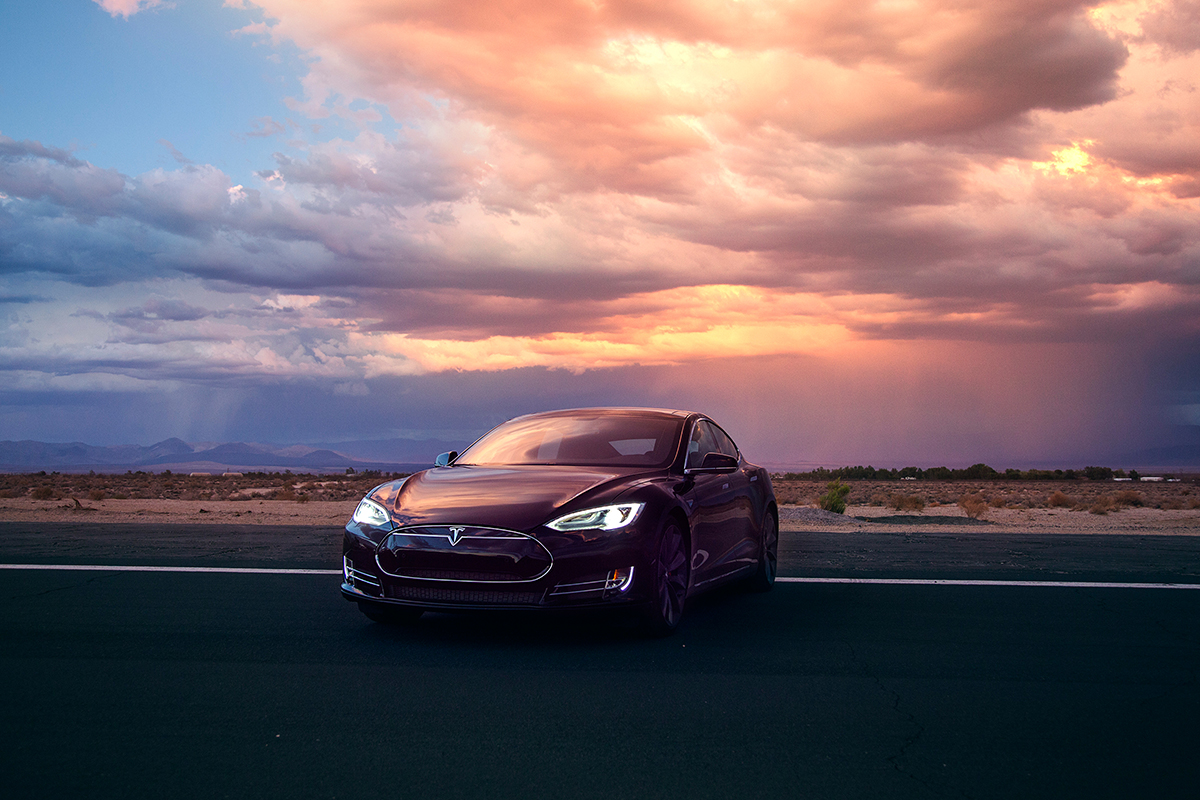 Tesla started mainly using MobilEye's vision chip, but that relationship ended after the first fatality. They have since been using NVIDA GPUs in Autopilot 2.0 and now plan to use their own ASIC.
Tesla started mainly using MobilEye's vision chip, but that relationship ended after the first fatality. They have since been using NVIDA GPUs in Autopilot 2.0 and now plan to use their own ASIC.
The idea that sharing rides is good has become almost axiomatic in transportation discussions. At conferences I have seen people declare that robocars are pointless if they are not shared -- ie. people who are not travelling together ride together in them. The positive of sharing is so axiomatic that public transit is seen almost as a good in and of itself, rather than a means towards real goals like energy efficiency, low cost, and higher road utilization.

Copyright © 2025, Brad Ideas
Designed by Zymphonies
